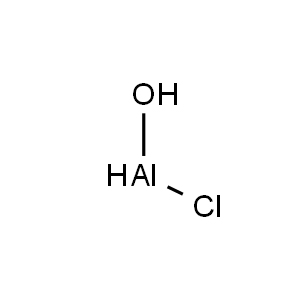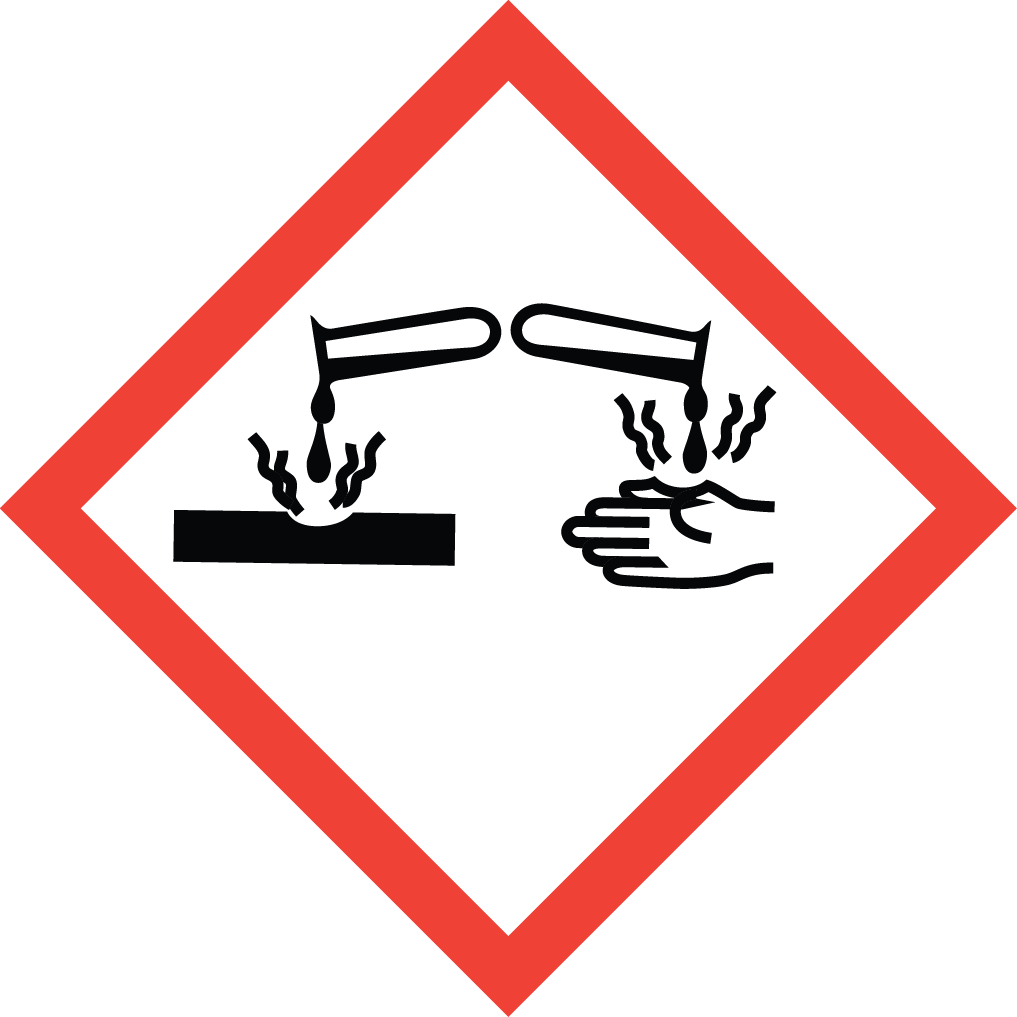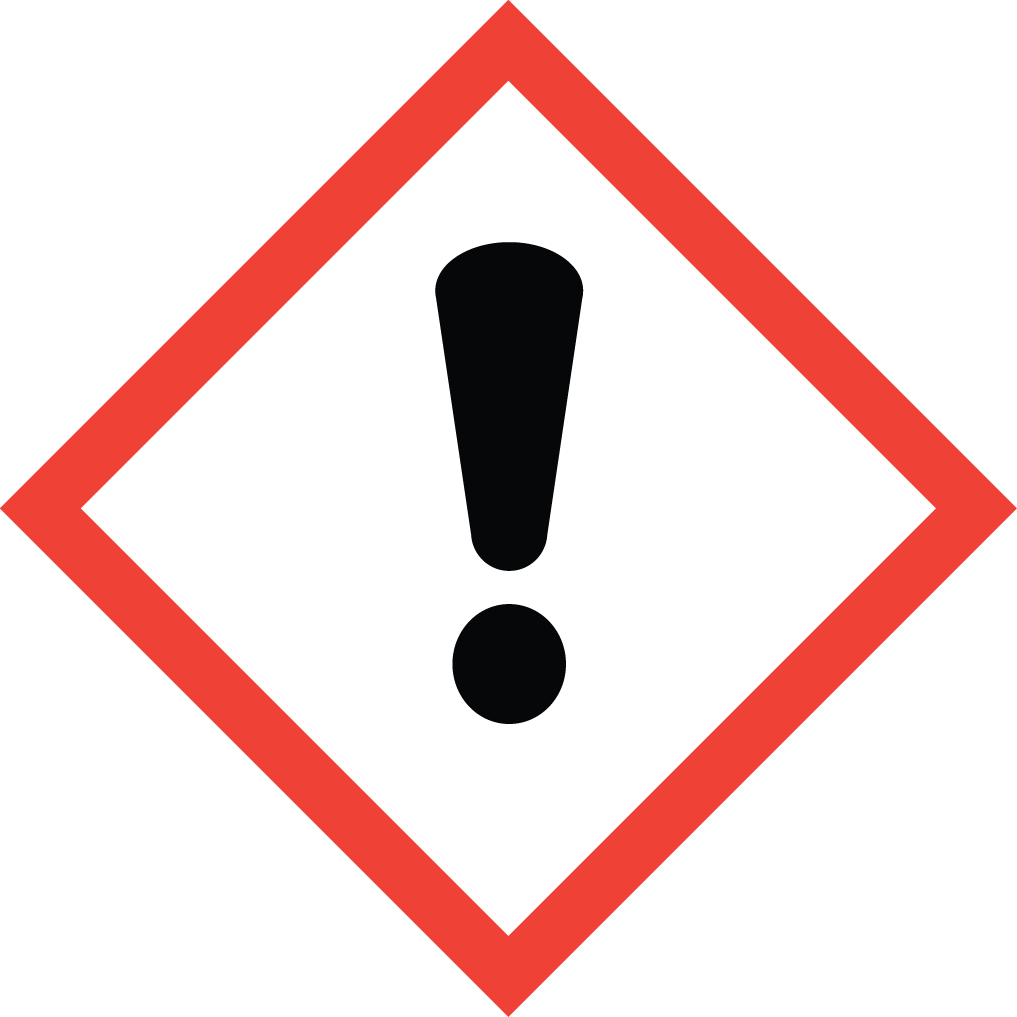Product Details
Product Tags
Discover Aure Chemical's Premium Poly Aluminium Chloride (PAC) Supply
Aure Chemical's Poly Aluminium Chloride (PAC) is a high-efficiency inorganic polymer coagulant. Available in both liquid and powder forms, our PAC is engineered for superior performance in a wide range of water and wastewater treatment applications. It functions by neutralizing the charge of suspended particles, leading to effective flocculation and sedimentation. This results in a significant reduction in turbidity, color, and other contaminants, ensuring clearer, safer water.
Basic Information of Trimethylsilyl Chloride
| CAS No.: | 1327-41-9 |
|---|
| EC No.: | 215-477-2 |
|---|
| Linear Formula: | [Al₂(OH)ₙCl₆₋ₙ]ₘ |
|---|
| Molecular Weight: | 79.44 |
|---|
| Appearance: | Glassy solid |
|---|
| Density: | 1.36[at 20℃] |
|---|
| Solubility: | Soluble H2O, forms slightly turbid colloidal solution. |
|---|
| Stability: | Stable. Incompatible with many metals. |
|---|
| Chemical Structure: |  |
|---|
Industrial Applications
Our Poly Aluminium Chloride is a versatile chemical used across multiple industries for its reliable coagulation and flocculation properties:
Municipal & Potable Water Treatment: Effectively removes suspended solids (turbidity), color, and microorganisms to produce safe drinking water that meets stringent quality standards.
Wastewater Treatment: Used to treat industrial and municipal wastewater, efficiently removing contaminants such as phosphates, COD (Chemical Oxygen Demand), and BOD (Biochemical Oxygen Demand).
Pulp and Paper Industry: Acts as a sizing agent to control paper absorbency and as a retention aid to improve the efficiency of the papermaking process.
Textile Industry: Applied in the treatment of effluent from dyeing and finishing processes to remove color and other pollutants.
Oil and Gas Industry: Utilized in the treatment of produced water and drilling wastewater, separating oil and suspended solids.
Mining Industry: Aids in solid-liquid separation in mineral processing and tailing treatment.
Advantages of Aure Chemical PAC
Choosing Aure Chemical's Poly Aluminium Chloride provides several key benefits over traditional coagulants like aluminum sulfate (alum) or ferric chloride:
Greater Efficiency: Works effectively at lower dosages, reducing overall chemical consumption and operational costs.
Wider pH Range: Maintains high performance across a broad pH spectrum, often eliminating the need for pH adjustment with lime or soda ash.
Improved Water Quality: Results in lower residual aluminum content in treated water and less impact on the final pH.
Reduced Sludge: Produces denser, more compact sludge that is easier to dewater and dispose of, leading to cost savings.
Faster Floc Formation: Forms larger and more robust flocs that settle more quickly, improving clarifier throughput and efficiency.
Frequently Asked Questions (FAQ)
What is Poly Aluminium Chloride (PAC)?
Poly Aluminium Chloride (PAC) is an inorganic polymer coagulant with the general formula [Al₂(OH)ₙCl₆₋ₙ]ₘ. It is widely used in water and wastewater treatment as an efficient coagulant and flocculant, helping remove suspended solids, turbidity, and organic matter.
Is Poly Aluminium Chloride toxic?
PAC is not considered highly toxic, but concentrated solutions are acidic and can be irritating to skin, eyes, and the respiratory tract. Proper handling with personal protective equipment (PPE) such as gloves and goggles is recommended.
Is Poly Aluminium Chloride hazardous?
PAC is classified as an irritant. While not usually regulated as a dangerous good for transport, it can cause irritation or burns on contact. Liquid PAC may be corrosive to certain metals. Safety Data Sheets (SDS) should always be consulted before handling.
What is Poly Aluminium Chloride in water treatment?
In water treatment, PAC acts as a powerful coagulant. It neutralizes the charges of suspended particles, causing them to aggregate into larger flocs that settle quickly. This process improves water clarity, removes color, and reduces contaminants like COD, BOD, and phosphates.
How to make Poly Aluminium Chloride?
Industrially, PAC is manufactured by reacting aluminium hydroxide or bauxite with hydrochloric acid under controlled conditions, sometimes with additional stabilizers. The process yields liquid or spray-dried solid PAC, available in different basicity grades (low, medium, high) tailored for specific applications.
What are the advantages of PAC compared to alum (aluminium sulfate)?
PAC works effectively at lower dosages, produces less sludge, forms stronger and faster-settling flocs, and performs well across a wider pH range compared to traditional alum.
Can Aure Chemical supply PAC in bulk?
Yes. Aure Chemical supplies 25/50kg woven bag, with custom packaging options available upon request.
Hazards Classification
GHS Classification: Skin Corrosion/Irritation (Category 2), Serious Eye Damage/Eye Irritation (Category 2A), Specific Target Organ Toxicity - Single Exposure (Category 3, Respiratory System)
Hazard Statements: H315 (Causes skin irritation); H319 (Causes serious eye irritation); H335 (May cause respiratory irritation)
UN Number: UN 3264
Hazard Class: 8 (Corrosive Substances)
Packing Group: III
 GHS05: Corrosive
GHS05: Corrosive GHS07: Exclamation mark
GHS07: Exclamation mark<
Packaging, Transportation & Storage
Aure Chemical ensures that all products are handled in compliance with international safety and quality standards. Each product’s SDS should be consulted for detailed requirements.
Packaging
We use certified UN-rated containers suitable for each chemical type — including steel drums, HDPE drums, IBCs, and ISO tank containers for bulk liquids. All packages are tested for integrity and labeled per IMDG / IATA / ADR standards.
Transportation
Shipments comply with IMDG, IATA, and ADR codes to ensure safe and lawful movement by sea, air, or land. Accompanying documents include SDS, Dangerous Goods Declarations, and COAs.
Storage
Products should be stored in well-ventilated, dry areas, away from heat and incompatible substances. Follow ISO 9001 / 14001 principles for safety, labeling, and periodic inspection.
For detailed handling or customized packaging inquiries, please
contact us.
PREVIOUS:High-purity Aluminum Sulfate 99% pure CAS 10043-01-3
NEXT:2,2'-Bis(trifluoromethyl)benzidine (TFMB/TFDB) CAS 341-58-2

